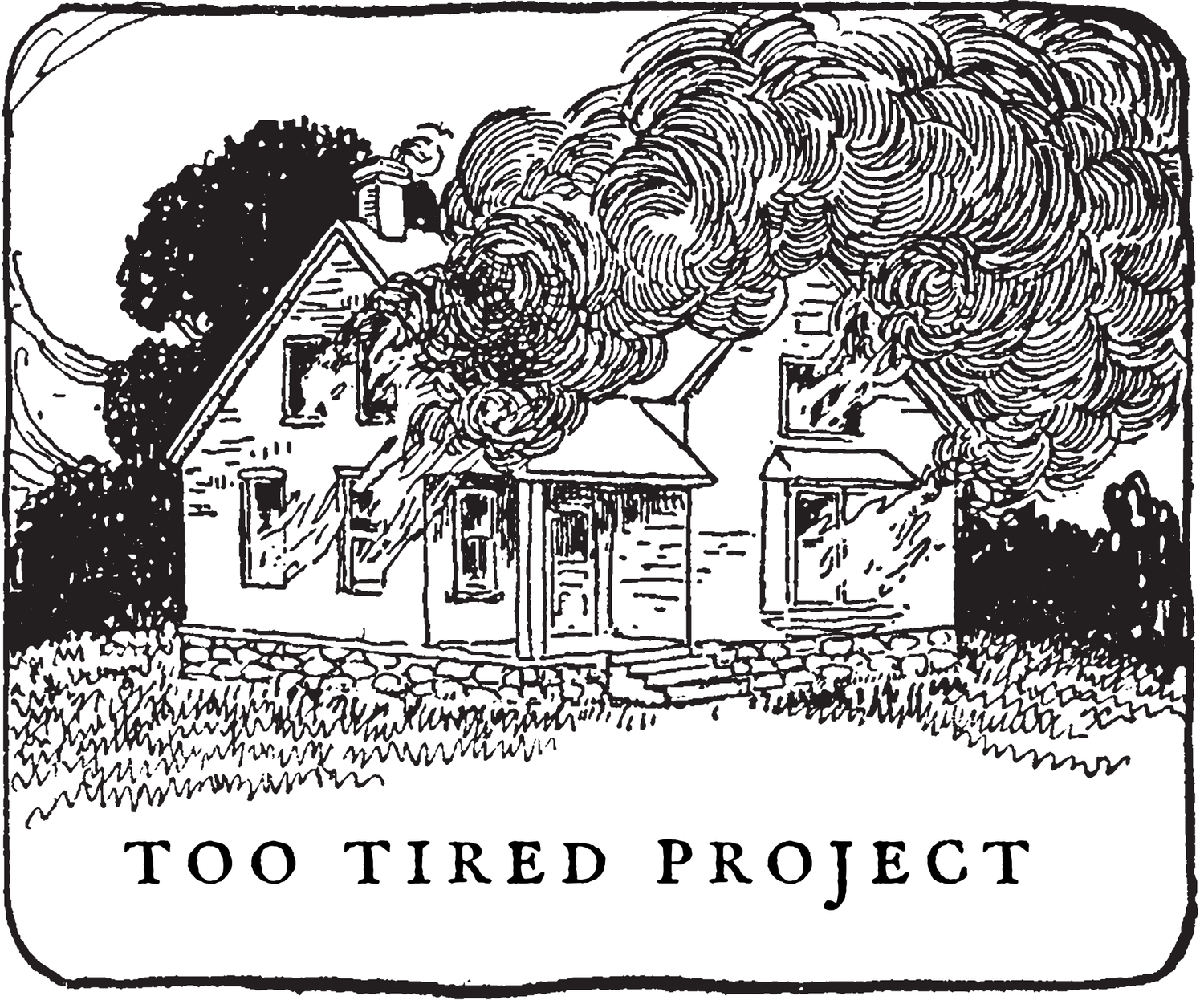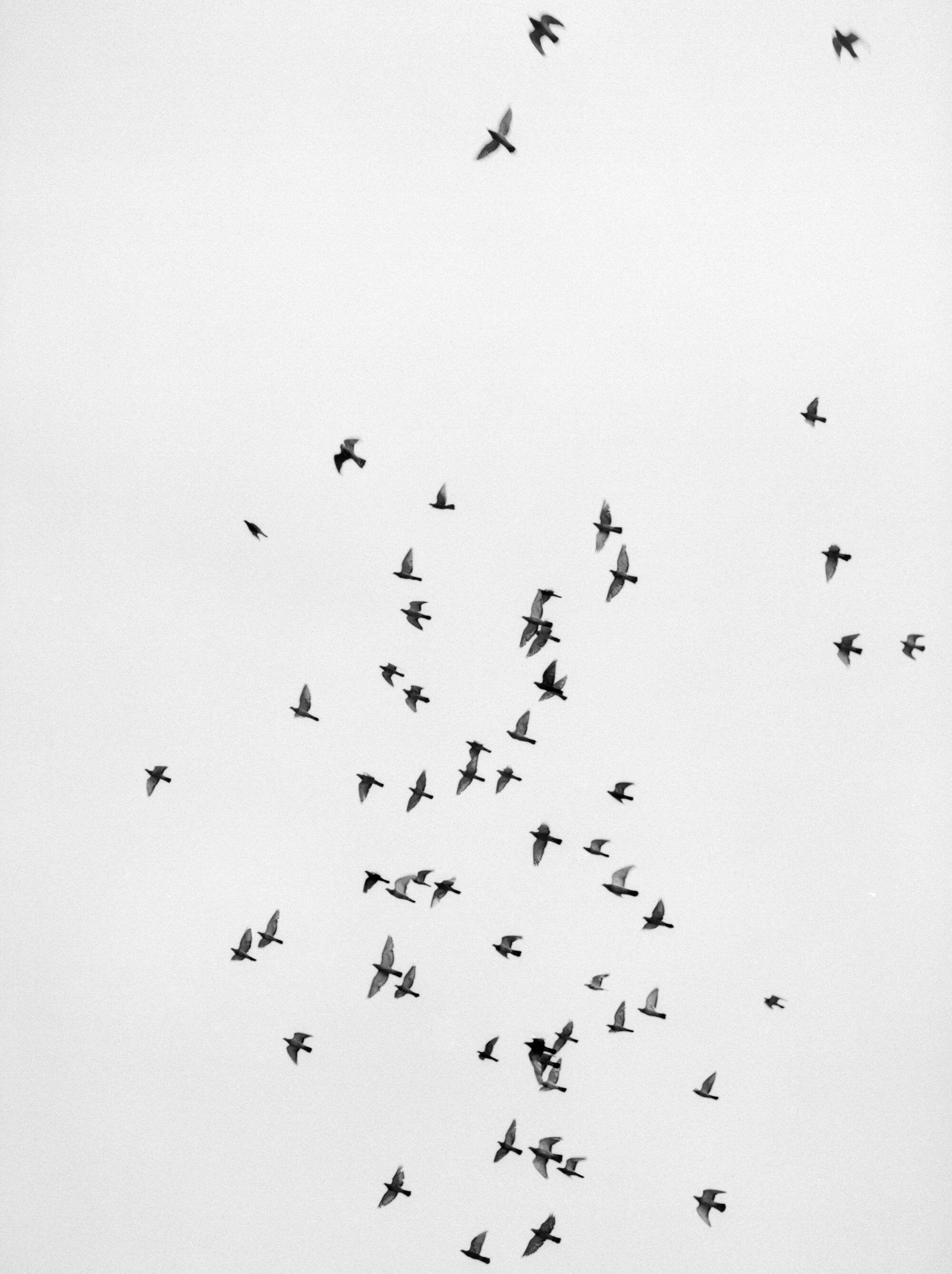Interview: Al J Thompson on his practice and Remnants of an Exodus
Tell us about the project.
Remnants of an Exodus was built around my experience growing up in Spring Valley, NY. The project came about when I bore witness to the lack of transparency from the local political figures who not only turned a blind eye, but aided and abetted real estate groups who found economic loopholes. Most, if not all of those who took advantage are of the Orthodox Jewish population — a heavily segregated community. Not long afterwards, the town became gentrified. Small businesses faced higher rents, and apartments were purchased only to see most people of Caribbean/Afro American descent pushed out. I became tired and frustrated and angry at what I witnessed. Ultimately, that’s the main reason why I started the project.
Three Girls
What is your process like?
My photographic process was pretty simple: Reading, movies, and research were all conducted beforehand. Those helped lay the foundation for which direction I needed to head into. Almost 100% of my images were taken inside of a park which contained bodies of water, soccer fields, basketball and tennis courts, a children’s playground, trees, and a large parking lot. Did I tell you — lots of geese? Everything else fell into place. And that was more than enough for me to carve myself an entire book, and some.
Does mental health or wellness factor into the creation of your work?
How could it not? The faces that you’ve been seeing in these photographs are some of the most accurate representations of where I stood, and continue to stand on the emotional front. But it’s not all linear in the sense of doom and gloom. During the pandemic, an idea came to mind to combat adversity. Yes, this project was born out of frustration and anger, but I hope people take the opportunity to see this as inspiring. Photographing in the year 2020 was no doubt; a balancing act.
The Cross
Migration
How did you begin this project?
Some years prior to 2018 I began documenting the community in a photojournalistic sense. I didn’t like the way the images came out — stylistically, they were far too straightforward from a personal point of view. I canned the project not long after. In 2017 I started another project that dealt with gentrification in the troubled city of Newark, New Jersey. It contained a mixture of portraitures and landscapes. Something clicked two-thirds into the project. It was as if this angelic lightbulb that appeared and scolded me with the idea, “here...take this; why don’t you photograph the neighborhood you’re from?” So, I did.
Was the process of creating this project helpful for dealing with the emotion you’re describing in your images?
Going through that process of making an image can be therapeutic. Remnants of an Exodus is a self-portrait of me through others. My takeaway is that anything can be a mixed bag; including nostalgia. How did I arrive at a given place in memory? How do I face unwanted parts of the past? Where do I go next? There’re some dark roads traveled since my permanent move to the US. They contain quite vivid memories of personal and historic traumas. Walking those roads the way I did was necessary. But overall, negative and positive ingredients can both necessitate harmony.
Lovers Kiss
Boy and Tree
What is your relationship to photography?
Art continues to be one of my closest companions. It’s an opportunity to discover the real me through the act of photographing. This, coupled with writing I find strangely inseparable. I’m chuckling because I find it to be a love affair between the two. Here’s the thing; no matter my mood I marvel at the world’s stage. I’m forever in awe being able to break down and recreate the world on my own terms. At this stage there’s no way I can utilize art without writing, or the other way around. And there’s no way to shut it off.
Has the pandemic shifted the way you approach your work and/or photography at all?
I think it’s safe to say that this ridiculous pandemic gave many of us pause and an opportunity to seek balance. But I’d be lying if I’m to say that it helped me a great deal. The pandemic made me realize how much of a bubble I live in. I still feel lost and depressed myself. But I’m holding out. I also have to face the fact that depression doesn’t just shut itself down. Building containment zones can be more realistic. Back to the pandemic creating a shift in my work: with adversity comes opportunity that forces us to go a step further...below the surface. I think I’m now accepting the world for what it is — a giant gulp of people vying for positions they believe in. And aren’t we all driven by our own convictions; whatever those may be? Regardless, tucked somewhere in space are piles and piles of projects scuffling for attention — they’re psychologically based. Where art is concerned these are exciting times.
Thank you so much to Al J Thompson for taking the time to speak with Too Tired Project. You can explore more of his work on his website.






